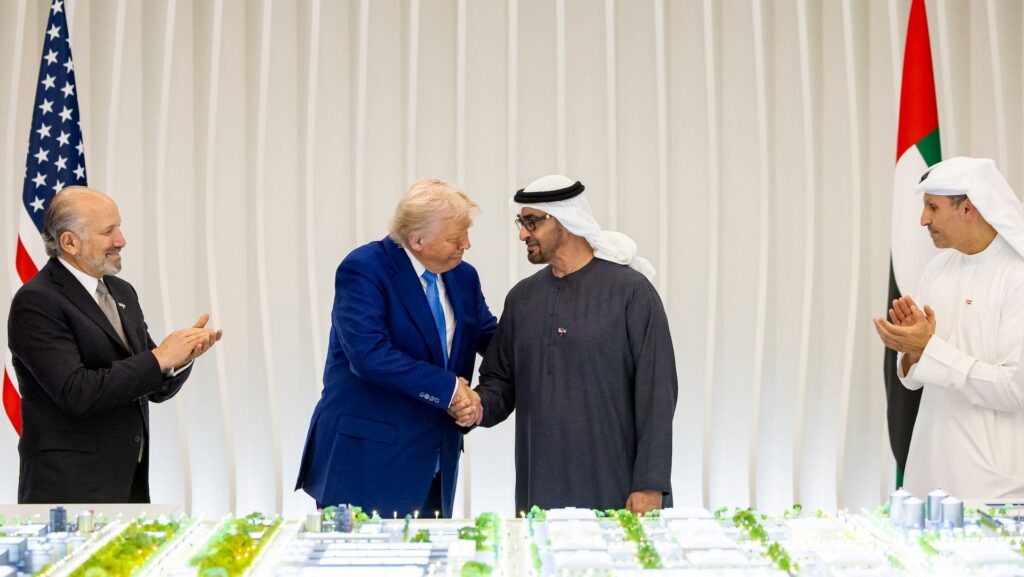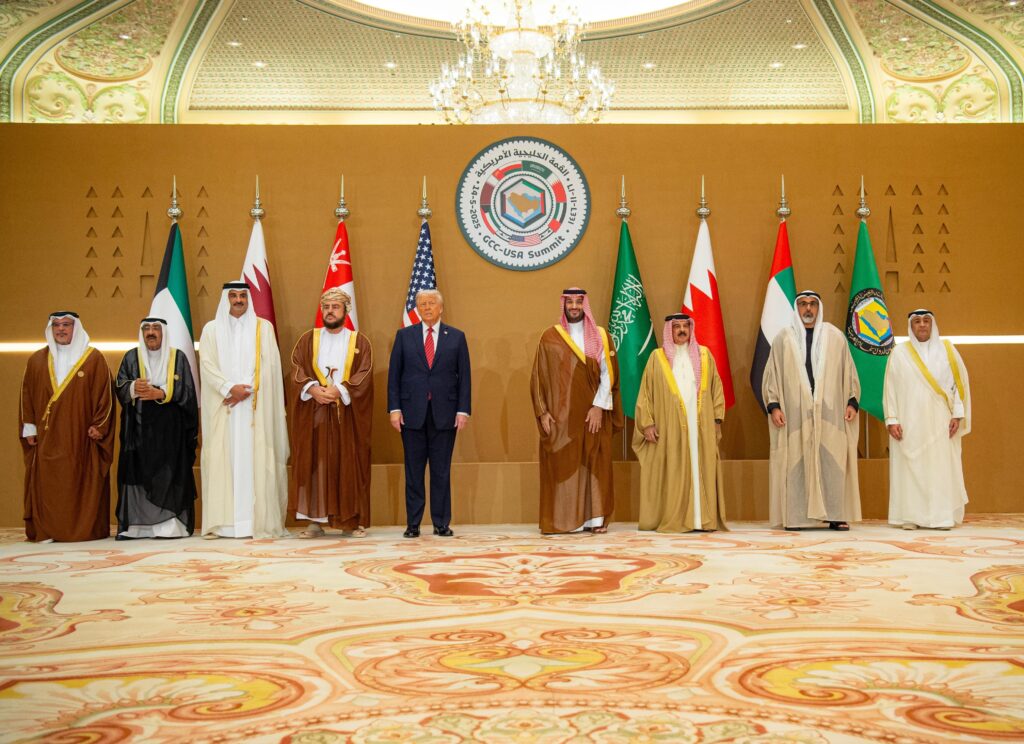The strategic partnership between the United Arab Emirates and the United States continues to gather momentum, cementing their shared commitment to a sustainable energy future. Through landmark investment initiatives, cutting-edge research collaboration, and major clean energy developments across the U.S., the two nations are building a blueprint for international cooperation in the global energy transition.
At the heart of this deepening alliance is the UAE-U.S. Partnership for Accelerating Clean Energy (PACE), a bold initiative launched in November 2022. With an ambitious goal to mobilise $100 billion in financing and deploy 100 gigawatts of clean energy by 2035, PACE stands as one of the most significant bilateral climate and energy partnerships in the world.
In a major milestone under the PACE umbrella, the UAE and U.S. jointly announced in January 2023 a $20 billion investment package to develop 15 gigawatts (GW) of new clean energy projects across the United States by 2035. The initiative is spearheaded by the UAE’s clean energy powerhouse, Masdar, in collaboration with U.S. private sector investors.
Masdar’s expanding presence in the United States reflects its long-term commitment to transforming energy systems and accelerating the global shift to renewables. With projects spanning California, Texas, New York, and New Mexico, Masdar is targeting a 25GW clean energy portfolio in the U.S. within the next decade.
“The United States has always been a strategic market for Masdar,” said a company spokesperson. “Our expansion here reflects not only opportunity but a shared vision with U.S. partners to scale renewable energy solutions in a way that’s impactful, innovative, and immediate.”
Masdar’s influence in the American clean energy landscape surged in 2024 with the acquisition of a 50 percent stake in Terra-Gen, one of the country’s top renewable power producers. The deal added 3.7GW of operating capacity, 6GW of advanced development projects, and a 12GW early-stage pipeline, significantly boosting Masdar’s renewable energy footprint.
Terra-Gen’s portfolio is a diverse mix of wind, solar, and battery storage facilities, with projects concentrated in California and Texas, two of the most dynamic clean energy markets in the U.S. The acquisition also included 5.1GWh of energy storage capacity, reinforcing Masdar’s position as a major player in next-generation grid resilience.
Prior to this acquisition, Masdar’s U.S. holdings included nine major utility-scale projects, four wind farms in Texas and New Mexico, and five solar plants in California, including Big Beau and Desert Harvest, which integrate battery energy storage systems (BESS).
Meanwhile, the UAE’s national oil company, ADNOC, is making its own inroads into the clean energy space in North America. In a landmark move, ADNOC acquired a 35 percent equity stake in ExxonMobil’s blue hydrogen project in Texas. When completed, the facility will have the capacity to produce 1 billion cubic feet of blue hydrogen per day, removing up to 98% of its carbon dioxide emissions, and generating more than 1 million tonnes of low-carbon ammonia annually.
This marks a pivotal moment in ADNOC’s strategy to diversify into low-carbon fuels and harness hydrogen’s potential as a major pillar of the future energy mix.

Beyond investment, the UAE and U.S. are actively collaborating on the next frontier of clean energy innovation. The Abu Dhabi Department of Energy has signed research and development agreements with the University of Arizona and the International Renewable Energy Agency (IRENA) to explore technologies ranging from space-based solar power to climate resilience acceleration tools.
These partnerships reflect a growing emphasis on technology-driven climate solutions, including systems that operate beyond Earth’s atmosphere and digital platforms that enhance energy efficiency, forecasting, and environmental monitoring.
The UAE-U.S. energy alliance underscores a broader paradigm shift toward multinational cooperation in addressing climate change and global energy security. At a time when geopolitical uncertainty and environmental urgency are reshaping energy policy, the two nations are providing a model of aligned interests and mutually beneficial innovation.
For emerging economies watching from the sidelines, this partnership signals that climate action and economic opportunity are not mutually exclusive. Through initiatives like PACE, the UAE and U.S. are not only accelerating their own clean energy transitions but also laying the groundwork to support climate-smart development in other parts of the world.
As the global energy landscape transforms, this partnership shows what’s possible when capital, policy, and purpose converge, from the deserts of Abu Dhabi to the plains of Texas and the coasts of California.



